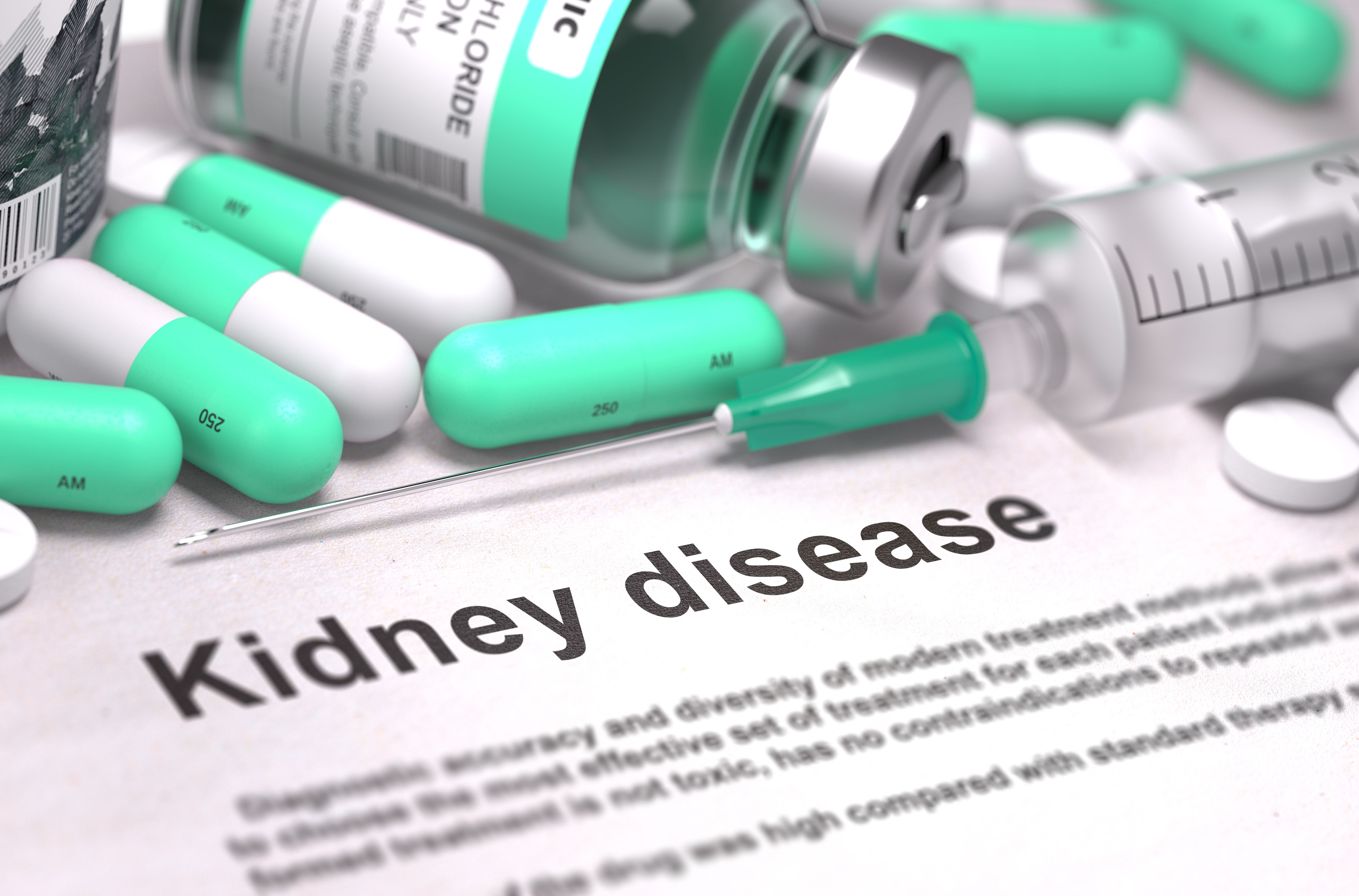Article
The Promise of CAR-T Cells in Leukemia and Lymphoma
During a session on the second day of the annual meeting of the American Society of Clinical Oncology, experts discussed treating patients with chimeric antigen receptor T cells (CAR-T cells).
Cancer immunotherapy research has seen tremendous progress since the first checkpoint inhibitor, ipilimumab was first approved in 2011. While combination immunotherapies are now being developed, they have their limitations because not all patients respond to the checkpoint inhibitors. Additionally, the absence of predictive biomarkers limits choosing positive responders for treatment. During a session on the second day of the annual meeting of the American Society of Clinical Oncology, experts discussed treating patients with chimeric antigen receptor T cells (CAR-T cells). These are T cells genetically engineered to express a chimeric receptor on their cell surface. Derived from the patient and then modified in-vitro, the cells are then reintroduced in the patient.
Cameron John Turtle, MBBS, PhD, Fred Hutchinson Cancer Research Center, presented results from a phase 1/2 trial in which patients with relapsed or refractory CD19+ B-cell malignancies received CD19 CAR-T cells. Rate of durable complete response in acute lymphocytic leukemia (ALL), non-Hodgkin lymphoma (NHL), and chronic lymphocytic leukemia (CLL) after immunotherapy with optimized lymphodepletion was evaluated.
Thirty six patients with ALL were included in the trial, 33 of whom received products formulated in the defined composition; 26 were treated in an outpatient facility. ALL patients, Turtle said, had a high rate of minimal residual disease (MRD)—negative complete response (CR), which was assessed using multiple techniques:
- Morphologic bone marrow
- Bone marrow by flow cytometry
- Deep sequencing
- Extramedullary disease
Turtle listed the following key observations for the ALL patients:
- In a subset of patients treated with cyclophosphamide or cyclophosphamide/lymphodepletion, an anti-CAR immune response was observed.
- Addition of fludarabine to cyclophosphamide lymphodepletion improved CAR-T cell expansion and persistence.
Kaplan-Meier survival plots showed that over time, including fludarabine improved both disease-free and overall survival (OS) in ALL patients.
Similarly, in patients diagnosed with NHL, the objective response rate and complete response was much improved when fludarabine was included in the regimen. A high response rate in high-risk CLL patients was observed. In NHL, the objective response rate for patients treated with cyclophosphamide/lymphodepletion and fludarabine, was 84%. Additionally, CAR-T cell expansion and persistence, and OS and progression-free survival were better in patients whose regimen included fludarabine.
With respect to toxicity, Turtle said that overall the treatment is manageable. A majority of patients with ALL had very mild cytokine release syndrome (CRS); 90% with NHL had mild CRS, but did not require admission to the intensive care unit. Similarly, a majority of patients with CLL had mild CRS. The highest rate of neurotoxicity was observed in patients with ALL (39%), followed by CLL (23%), and least in NHL (20%).
Turtle concluded that adoptive therapy with CD19 CAR-T cells of defined subset composition results in durable CR in a high fraction of patients with relapsed/refractory ALL, NHL, and CLL. Optimizing the dosing regimen improves clinical outcomes in ALL and NHL.
Expert feedback
David L. Porter, MD, Lymphoma Program, Abramson Cancer Center, University of Pennsylvania, provided comments on the study presented by Turtle.
Porter explained that targeted cellular immunotherapy has the potential to overcome many limitations of conventional chemotherapy and other immunotherapy. CAR-T cells can be a perfect blend of antibody therapy, cellular therapy, and vaccine therapy, he said.
Porter was quite impressed by the data presented by Turtle, especially in patients with relapsed and refractory ALL. He added that, “Relapse after CR in CLL is unusual, and we expect the current CR rate of 25% to 45% CR will be sustained.”
But a lot remains unknown with CAR-T cells.
- We don’t yet know what the best CAR construct is
- We don’t know the ideal cell composition
- Can they be switched on and off?
- Is there an ideal cell dose?
- What’s the ideal target?
- Can we combine CARs with other immune therapies?
Other limitations of this treatment, especially with respect to CLL and NHL, is the low CR rate of 25% to 50%. “How can this response rate be boosted?” asked Porter. To overcome some of these issues, Porter recommended developing a 3rd party donor of universal CAR-T cells. In the future, Porter sees tremendous potential in tapping the synergism between CAR-T cells and checkpoint inhibitors. “Checkpoint activity may reduce CAR-T cell response, so it’s logical to combine the 2.”




